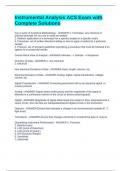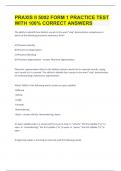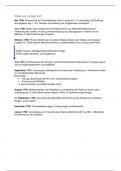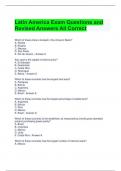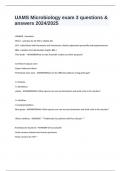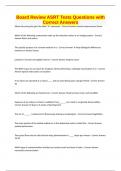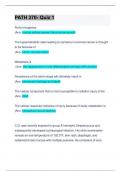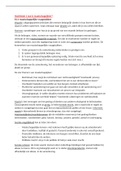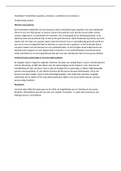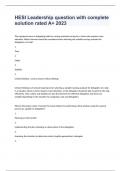Tentamen (uitwerkingen)
Instrumental Analysis ACS Exam with Complete Solutions
- Vak
- Instelling
Instrumental Analysis ACS Exam with Complete SolutionsInstrumental Analysis ACS Exam with Complete SolutionsInstrumental Analysis ACS Exam with Complete Solutions Four Levels of Analytical Methodology - ANSWER-1. Technique- any chemical or physical principle we can use to study an analyte 2. Meth...
[Meer zien]
